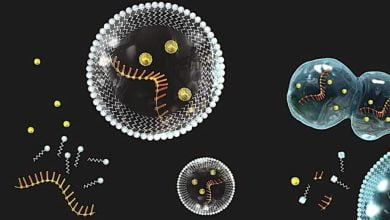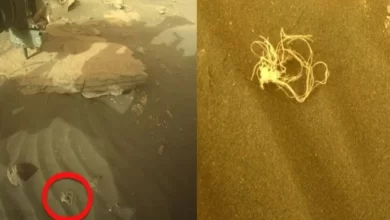
Life-friendly region discovered on Mars
(ORDO NEWS) — Employees of the Institute of Planetary Sciences have discovered traces of running water on Mars, which, according to our ideas, is one of the main conditions for the existence of life.
The study was published in the journal Icarus and is briefly described in an article by Institute of Planetary Science Senior Researcher Katherine Weitz.
The paper describes a region on Mars, which, as planetary scientists suggest, has repeatedly been suitable for life support throughout the history of the Red Planet.
Moreover, the last such period ended relatively recently. This is an area designated as Margaritifer Terra. Not so long ago, deposits of clay deposits were discovered there. In a new study, these deposits were subjected to a thorough analysis.
“The presence of clays indicates a favorable environment for life because clays form and remain stable under neutral pH conditions where water is stored for long periods of time,” writes Weitz. “This minimizes evaporation to form other minerals such as sulfates.”
The researchers actually managed to recreate the history of the existence of flowing water in this particular region of Mars. According to their calculations, she appeared there relatively early - about 3.8 billion years ago.
On the surface, running water, intermittently, remained for about 1.3 billion years. That is, it disappeared about 2.5 billion years ago, which, as Weitz notes, is considered a relatively recent event by cosmic standards.
We add that the study used data from NASA’s scientific experiment to visualize high-resolution images HiRISE.
These data were obtained using the CTX context camera and CRISM compact reconnaissance spectrometers installed on board the Mars Reconnaissance Orbiter.
“Using orbital images, we have identified argillaceous deposits in the northern Ladon Valley, the southern Ladon Basin, and the southwestern highlands around the Ladon Basin,” notes Katherine Weitz.
Clays at a distance of 200 kilometers, indicate that the lake most likely existed in the Ladon basin and in the north of the Ladon valley. These clays supported an environment that was favorable for life at that time.”
—
Online:
Contact us: [email protected]
Our Standards, Terms of Use: Standard Terms And Conditions.








